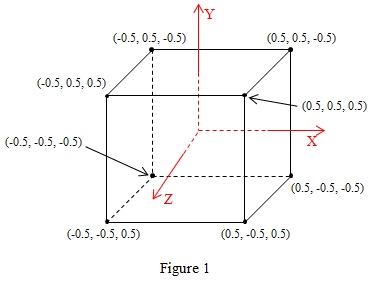
by Joel Blackstock LICSW-S MSW PIP no. 4135C-S | Sep 16, 2025 | Psychology Topics and Articles
The angles, curves, and corners of our built environment influence behavior through mechanisms that transcend conscious awareness or practical concerns. People consistently choose corner seats in restaurants but middle seats in theaters, rounded corners reduce stress...
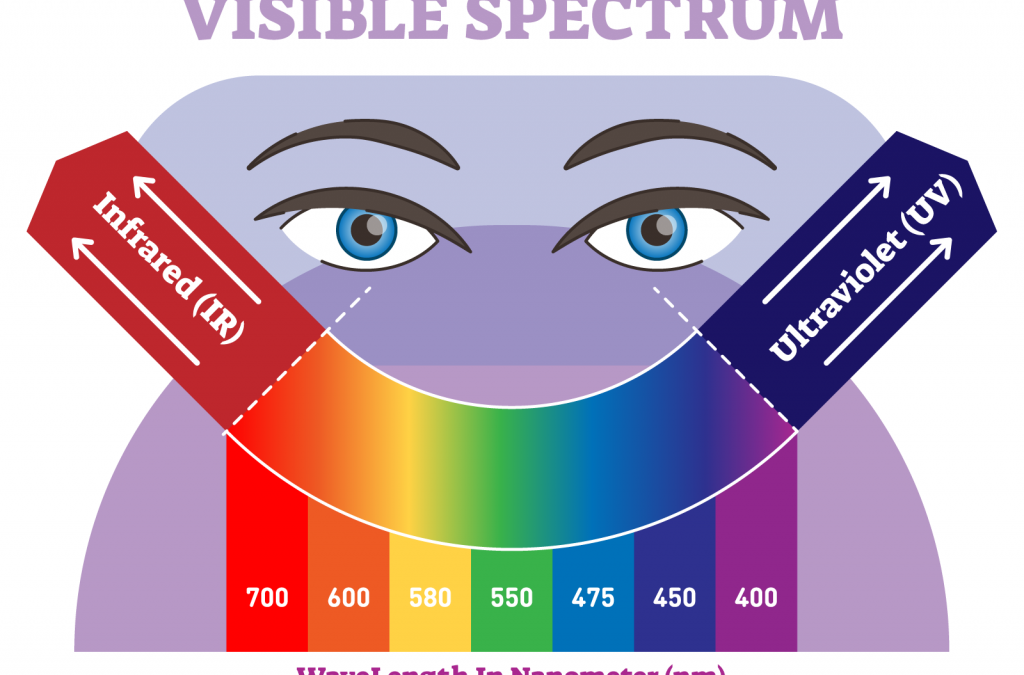
by Joel Blackstock LICSW-S MSW PIP no. 4135C-S | Sep 15, 2025 | Psychology Topics and Articles
The amount of empty space in design triggers profound psychological responses that determine perceived value, trustworthiness, and quality. Yet the same minimalism that signals luxury in one context signals cheapness in another, through mechanisms that defy simple...
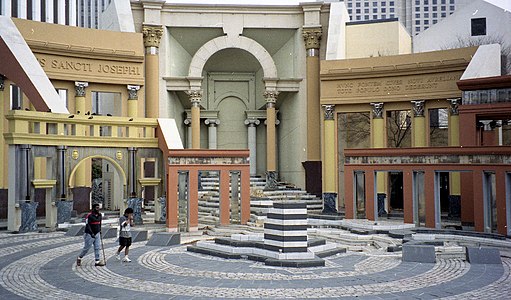
by Joel Blackstock LICSW-S MSW PIP no. 4135C-S | Aug 16, 2024 | Psychology of Buildings and Architecture
The Psychology of Post Modern Historicism What is Postmodern Classicism Postmodern Classicism emerged in the 1980s as a critique of modernist architecture’s rejection of historical styles. The movement sought to reintegrate classical elements into contemporary...
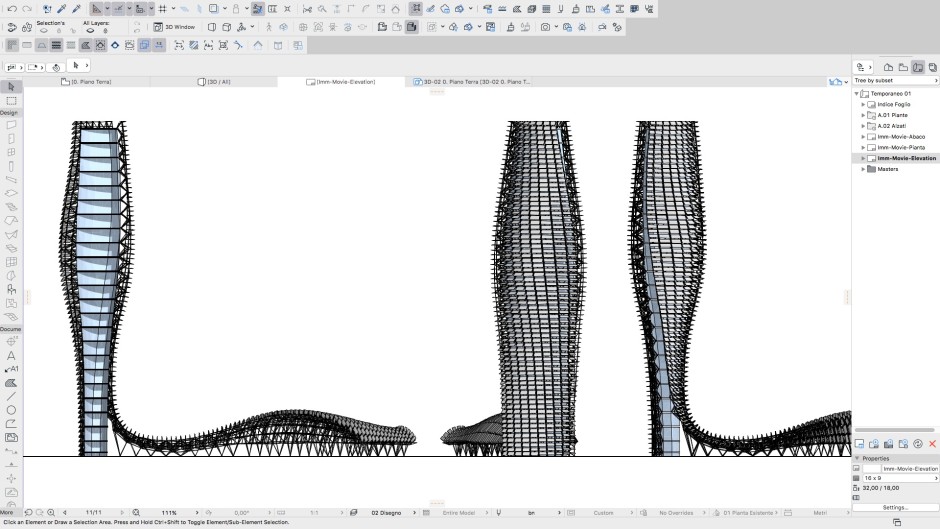
by Joel Blackstock LICSW-S MSW PIP no. 4135C-S | Aug 16, 2024 | Psychology of Buildings and Architecture
The Psychology of Computational Design Computational Design and Digital Fabrication represent a revolutionary approach in architecture that leverages advanced computer algorithms and cutting-edge manufacturing technologies to create complex, highly optimized...
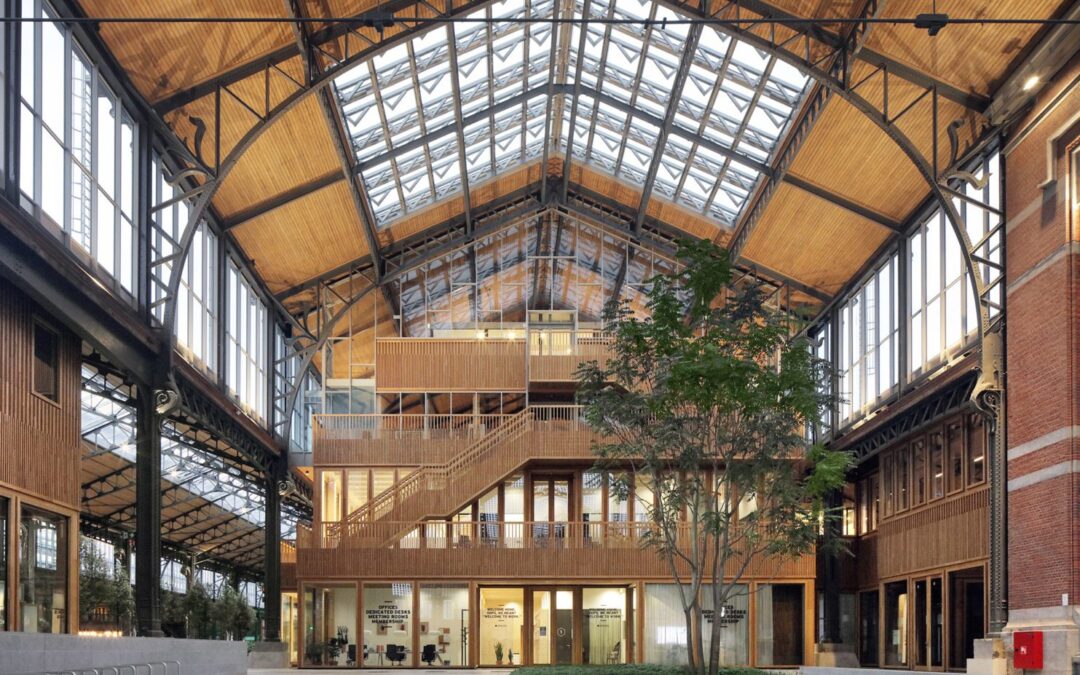
by Joel Blackstock LICSW-S MSW PIP no. 4135C-S | Aug 15, 2024 | Psychology of Buildings and Architecture
The Psychology of Adaptive Reuse Adaptive Reuse is an architectural approach that focuses on repurposing existing buildings for new functions while preserving their historical, social, or architectural value. This strategy has gained increasing prominence in the 21st...
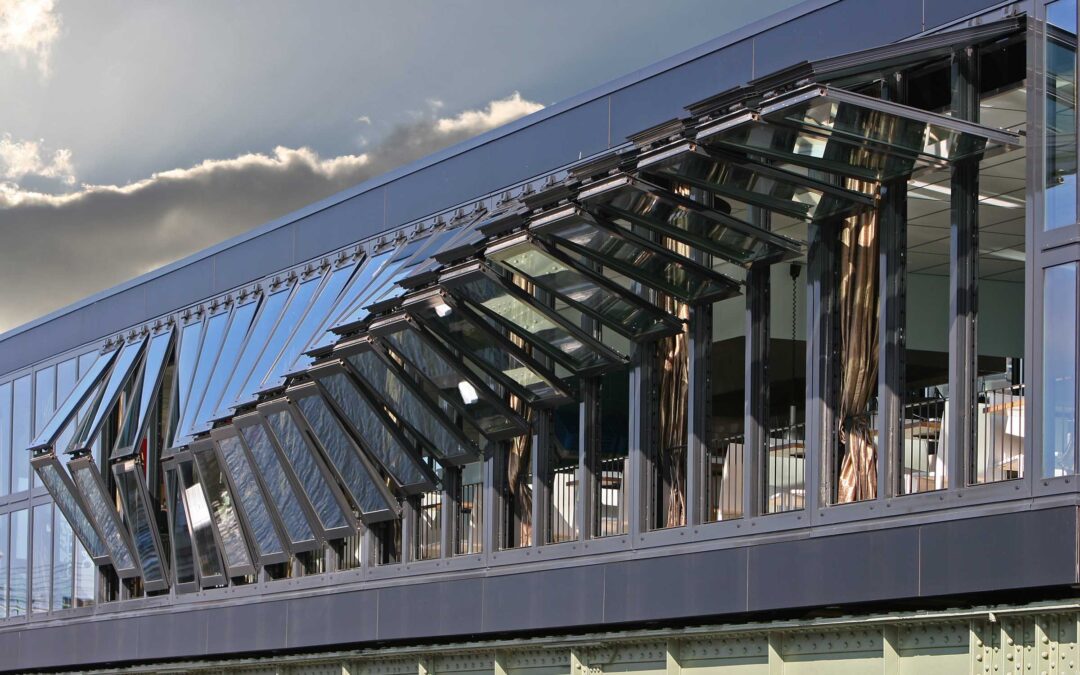
by Joel Blackstock LICSW-S MSW PIP no. 4135C-S | Aug 15, 2024 | Psychology of Buildings and Architecture
The Psychology of Adaptive Architecture Adaptive Architecture: Architecture of the Environment Adaptive Architecture represents an innovative approach where buildings are designed to adjust and respond to their environment, occupants, and usage patterns. This emerging...

by Joel Blackstock LICSW-S MSW PIP no. 4135C-S | Aug 15, 2024 | Psychology of Buildings and Architecture
The Psychology of Biophilic Design Biophilic Design: Reconnecting Humans with Nature through Architecture Biophilic Design is an innovative approach to architecture that seeks to satisfy the innate human need to affiliate with nature in the built environment. This...
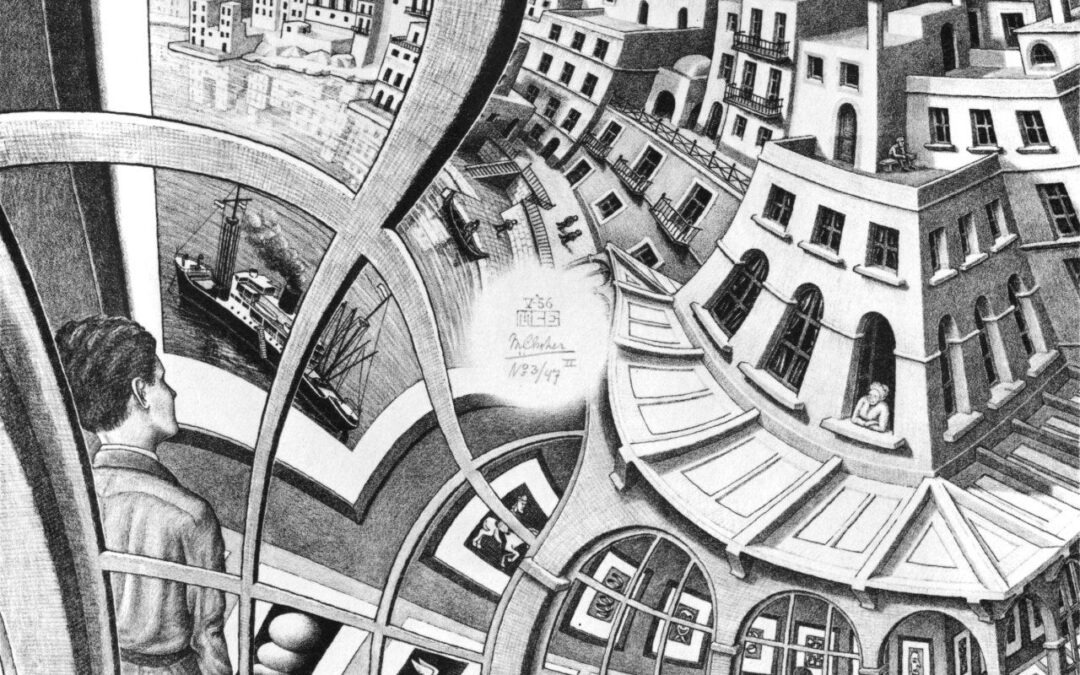
by Joel Blackstock LICSW-S MSW PIP no. 4135C-S | Aug 15, 2024 | Psychology of Buildings and Architecture
Post-Digital Architecture: Blending the Virtual and Physical Realms Post-Digital Architecture: Bridging the Digital and Physical Realms Post-Digital Architecture emerged in the early 21st century as a response to the pervasive influence of digital technologies on...
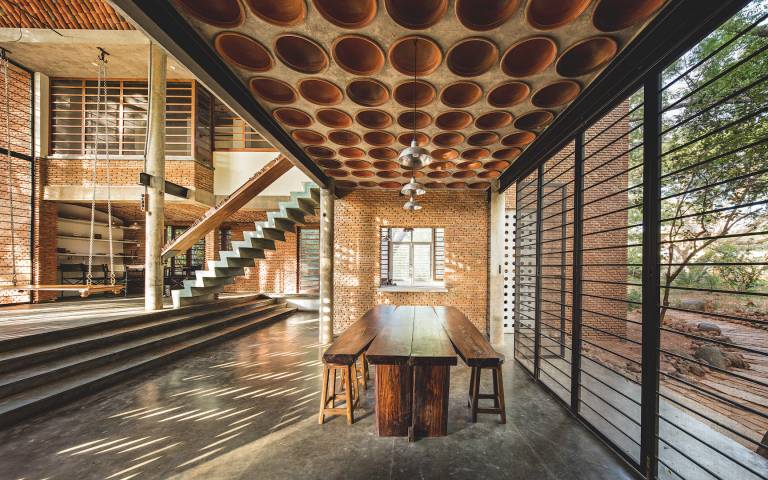
by Joel Blackstock LICSW-S MSW PIP no. 4135C-S | Aug 15, 2024 | Psychology of Buildings and Architecture
The Psychology of New Materialism New Materialism in architecture represents a shift in design thinking that emerged in the early 21st century. This approach challenges traditional notions of matter as passive and inert, instead recognizing materials as active agents...
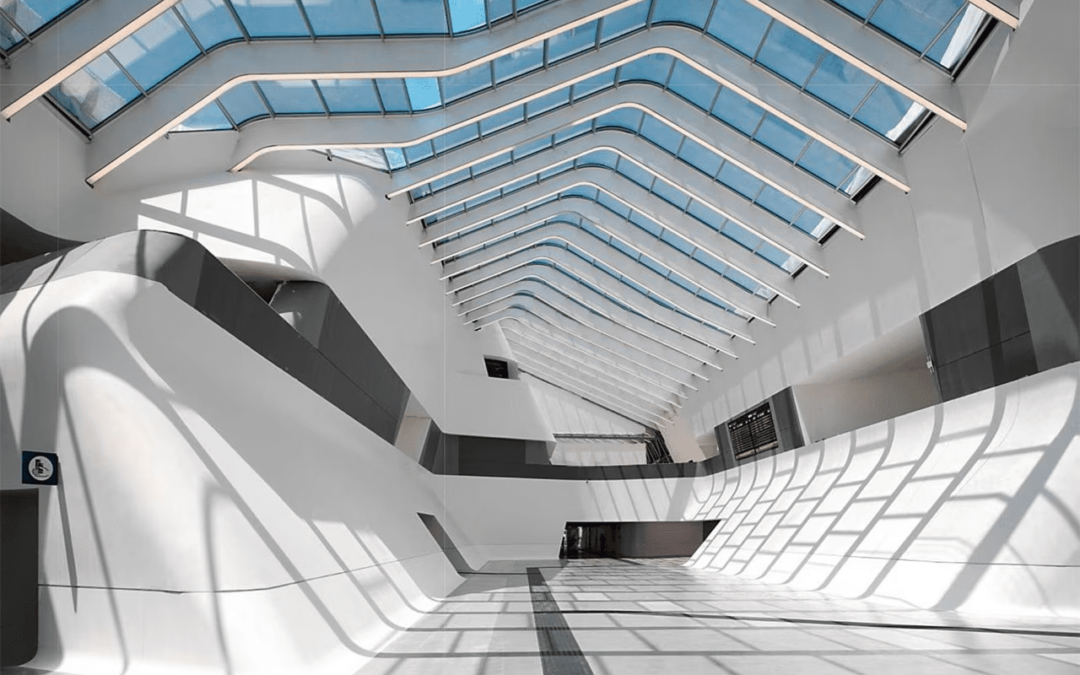
by Joel Blackstock LICSW-S MSW PIP no. 4135C-S | Aug 15, 2024 | Psychology of Buildings and Architecture, Psychology of Media and Culture
The Psychology of Parametricism What is Parametricism? Parametricism, a design paradigm that emerged in the late 20th and early 21st centuries, represents a significant shift in architectural thinking and practice. This approach, which relies heavily on algorithmic...











